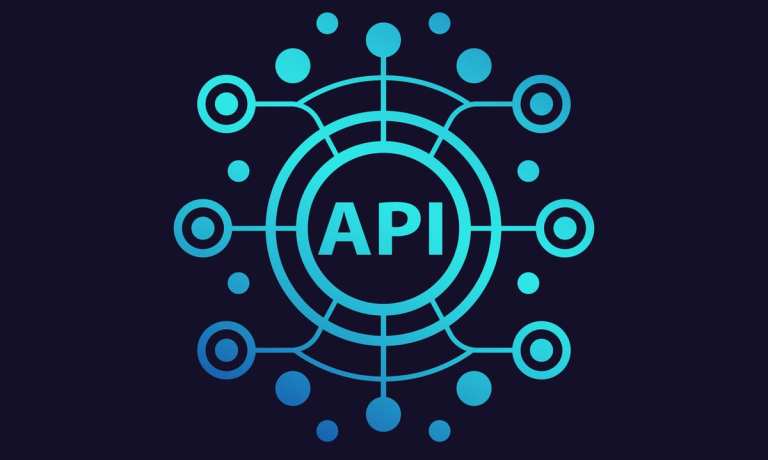
In the age of digital-first banking, the application programming interface (API) is where it all happens. APIs can help financial institutions (FIs) introduce new products and services with speed, enable third-party applications and provide a secure portal to customer data. They have also been more associated with FinTechs, larger banks and their developer communities. But that may be changing.
As CO-OP Financial Services’ Senior Vice President of Technology Delivery Pam Brodsack told PYMNTS in a recent interview, APIs may not be a digital strategy in and of themselves. As Brodsack noted, they have a valuable place in crafting the strategy to pursue innovation and level the playing field between credit unions (CUs) and FinTech upstarts.
Credit unions, she said, must always examine their overall digital experience and how it works for a consumer — spanning the entry/onboarding point all the way through to the back office. Analyzing the use of APIs should keep the member experience (or even the CU employee experience) front and center, said Brodsack. When a credit union is looking at its overall digital strategy, she said, “they really need to focus on ‘What are we trying to achieve? What does this look like from a plug-and-play system?’ Then, they can look at APIs to start interconnecting systems, to pull data from systems and to really help the credit union deploy that digital strategy.”
That can entail using pre-built or “DIY” APIs — or a mix of them. Pre-built APIs, she said, are a good option for the credit unions that may not be looking for heavy customization and can move to market more quickly as they get basic functionalities in place in short timeframes. At least in the earlier stages of innovation, pre-built APIs, Brodsack said, can also help CUs reduce ongoing maintenance costs. (CO-OP, she noted, also offers its CUs software development kits for this purpose.)
As she illustrated, the credit union may have a front web component that members use and may have a back-end component that credit union employees use. The API can connect those two systems to automate facets of the interaction experience in real time. The CU may also use the API to connect phone systems so that members can interact with automated IVR or virtual chat. The empowered CU member can then pull real-time information about balances or set alerts — all via self-service.
Innovation Interface
Asked about some of the more visible efforts to innovate that have been aided by APIs, Brodsack noted that there had been a huge surge in demand for contactless payments during the past year with the pandemic. CUs, in response, issued contactless cards to meet demand. APIs have let members move at their own pace through automated activation and PIN changes. She also said APIs could help CUs manage their rewards programs tied to credit and debit cards.
“Many of the credit unions offering rewards programs are adding more — and different types of rewards — to entice users, to have their card be top of wallet,” said Brodsack.
With a nod toward digital issuance, she said, CUs — responding to end users’ concerns about fraud or simply seeking a new card — can create a new card for them in real time and push it to a mobile wallet stored on the user’s device.
“You can use it almost instantaneously, and then the plastic will still be mailed,” said Brodsack. “This is a really new, more cutting-edge feature that’s being rolled out across the banking industry. These are the things that can be automated through the use of an API, and that will really help a credit union compete with the larger financial institutions by allowing their member to have a much better experience.”